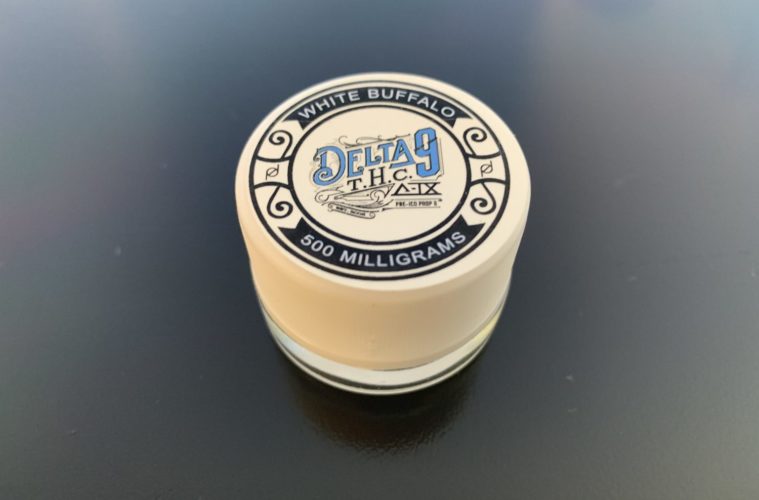If you are a cannabis smoker in Southern California, please be advised that the concentrate strain White Buffalo19 failed recent chemical residue tests for myclobutanil.
Late last year, we were tipped off that a product at Delta 9, a legal dispensary in Southern California, was contaminated. After reviewing test results and documents, we then had one of our team members obtain an assortment of products from the dispensary and bring them to a different testing facility. Almost every product passed the required tests, but White Buffalo19, a strain owned by Delta 9, was singled out as problematic.
To offer some context, the smallest amount of this chemical that can be detected in a one gram sample is .02 micrograms (ug). The action level, the quantity at which the substance can be considered harmful, is .1 ug. White Buffalo19, unfortunately was shown to contain .2215 ug/g, more than double the upper limit.
This substance was once a semi-regular component in pesticides used on cannabis plants. Now, however, several countries have banned the substance for good reason. When heated past 400 degrees Fahrenheit (butane lighters reach more than double that), it releases a legion of highly dangerous chemicals, including hydrogen chloride, nitrogen oxide and hydrogen cyanide. Needless to say, inhaling these substances is counter to your best interests.
Upon being reached for comment, the owner of the dispensary said he had the testing facility examine 10 randomized samples of the strain before he accepted it in his store. With that in mind, we also made a point to reach out to CC Testing Labs, the facility that cleared White Buffalo19. They did not respond to our request for comment.
Remember: Although these incidents are extremely rare, and although there are many procedures in place to make sure legal dispensary products are safe, research any strain you’re thinking of purchasing before you buy it. Even if you’ve smoked the strain before, new tests are always being done, and staying informed is critical.
We also reached out to one of the state’s longest operating cannabis testing facilities to get their take on how these kinds of products can slip all the way to store shelves despite the rigorous lab testing protocols California now has in place.
“There are a bunch of things that could have happened to cause contaminated buds to make it this far down the supply chain,” Josh Wurzer, president of SC Labs, told L.A. Weekly. “The most benign is that only part of the overall batch was contaminated. When the product was sampled for compliance testing, the sample happened to only pull uncontaminated flowers. Or, there could have been some funny business at the distributor.”
Wurzer wouldn’t go as far as to say there were bad actors involved, or a simple mistake, but he covered the possibilities.
“As far as the lab, if the sample that was initially tested for compliance was actually contaminated, then the lab could have either made a mistake on this particular sample. If not, then they might not be able to, or want to, accurately identify and quantitate myclobutanil.”
Wurzer closed by noting myclobutanil can be a tricky analysis, “but is the most common, so any lab worth their salt should pick it up no problem.”
Advertising disclosure: We may receive compensation for some of the links in our stories. Thank you for supporting LA Weekly and our advertisers.

